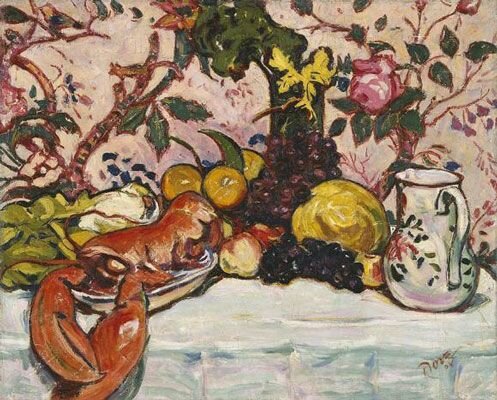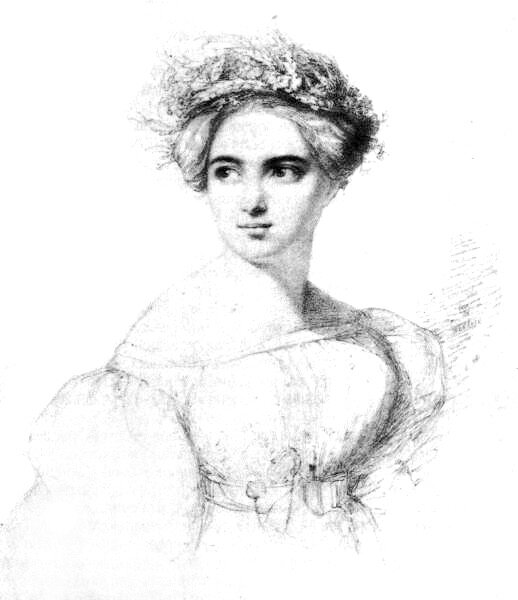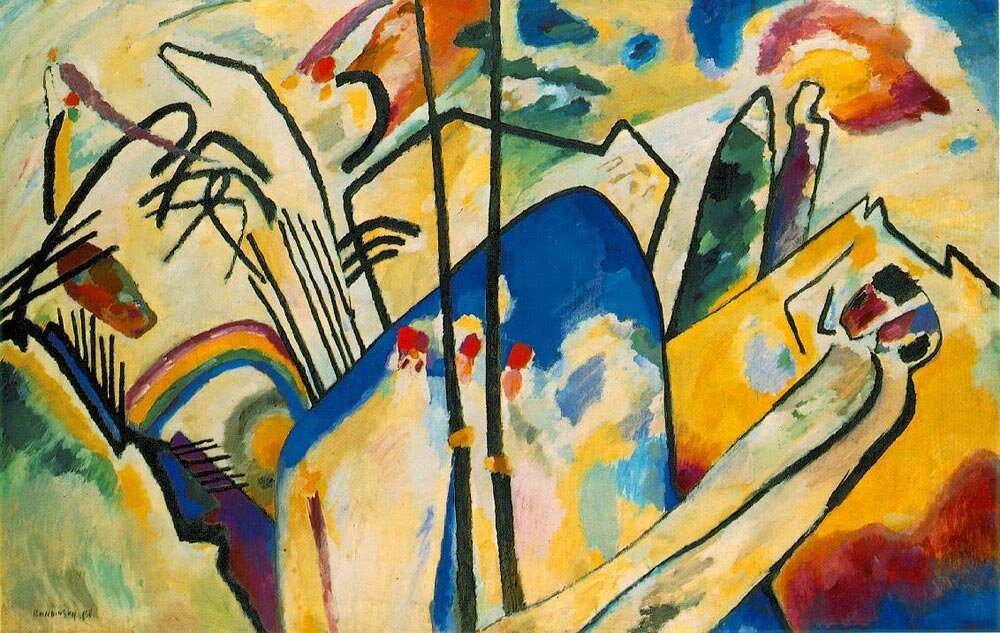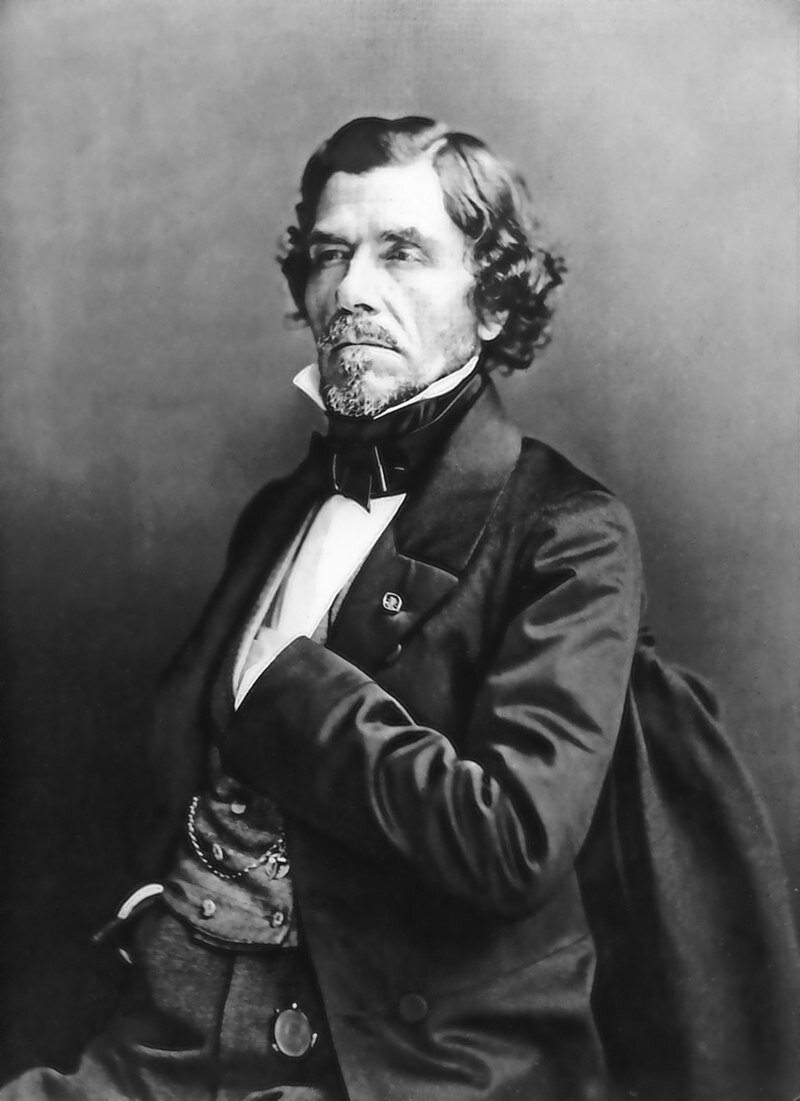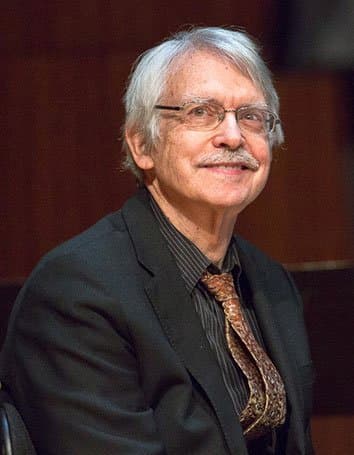
Kokoschka: Karl Maria Swoboda (1912)
We are faced with a conundrum – Kokoschka has given us the listener’s reactions but to music that we can no longer hear. We can only imagine what music was actually played at the concert in 1920.
In 1928, the composer Hans Erick Apostel answered this problem with his Zehn Variationen über ein eigenes Thema (nach der Mappe « Variationen über ein Thema » von O. Kokoschka) (10 Variation’s on a Theme, after the portfolio “Variations on a Theme” by O. Kokoschka). He sent them to the artist, who thanked him and who told him that the work ‘had received well-deserved applause.’
Apostel took the implied music and the psychological effect this had on the women in the images and worked backward to create the music that he thought they were listening to. He wrote, for the unheard concert, music that combined both the tonal language of pure Viennese classicism with a heightened expressionist style. We have Viennese tonality with chromaticism, classical pianism with explorations of the various registers of the piano, and get, in the end, a very modernist work.
Apostel: Variationen nach einer Kokoschka-Mappe, Op. 1: Thema: Andantino (Thérèse Malengreau, piano)

Kokoschka: Variationen über ein Thema: No. 1 (1921)
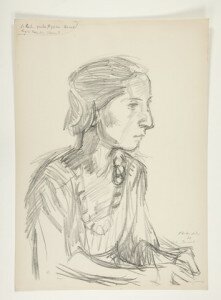
Kokoschka: Variationen über ein Thema: No. 2 (1921)
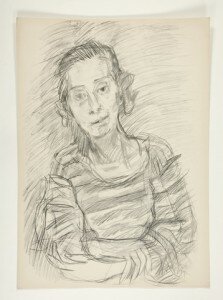
Kokoschka: Variationen über ein Thema: No. 3 (1921)
Variation 3: Vivace giocoso e lesto
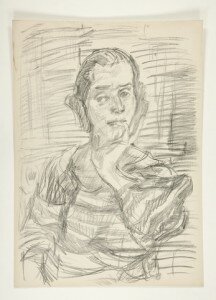
Kokoschka: Variationen über ein Thema: No. 4 (1921)
Variation 4: Moderato, sostenuto e dolce

Kokoschka: Variationen über ein Thema: No. 5 (1921)
Variation 5: Marcia grave e tragico
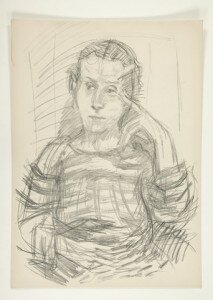
Kokoschka: Variationen über ein Thema: No. 6 (1921)
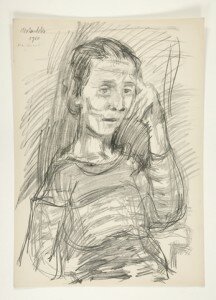
Kokoschka: Variationen über ein Thema: No. 7 (1921)
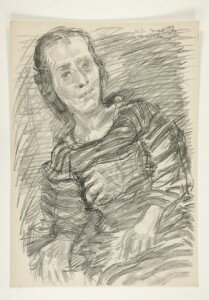
Kokoschka: Variationen über ein Thema: No. 8 (1921)
Variation 8: Allegro con fuoco

Kokoschka: Variationen über ein Thema: No. 9 (1921)
Variation 9: Andante sostenuto

Kokoschka: Variationen über ein Thema: No. 10 (1921)
It is, as always, up to the listener and art viewer to decide if Apostel captured Kokoshka’s intentions. In any case, the listeners in the images seem to have all been particularly attentive, listening with cocked head and often in pensive positions.

